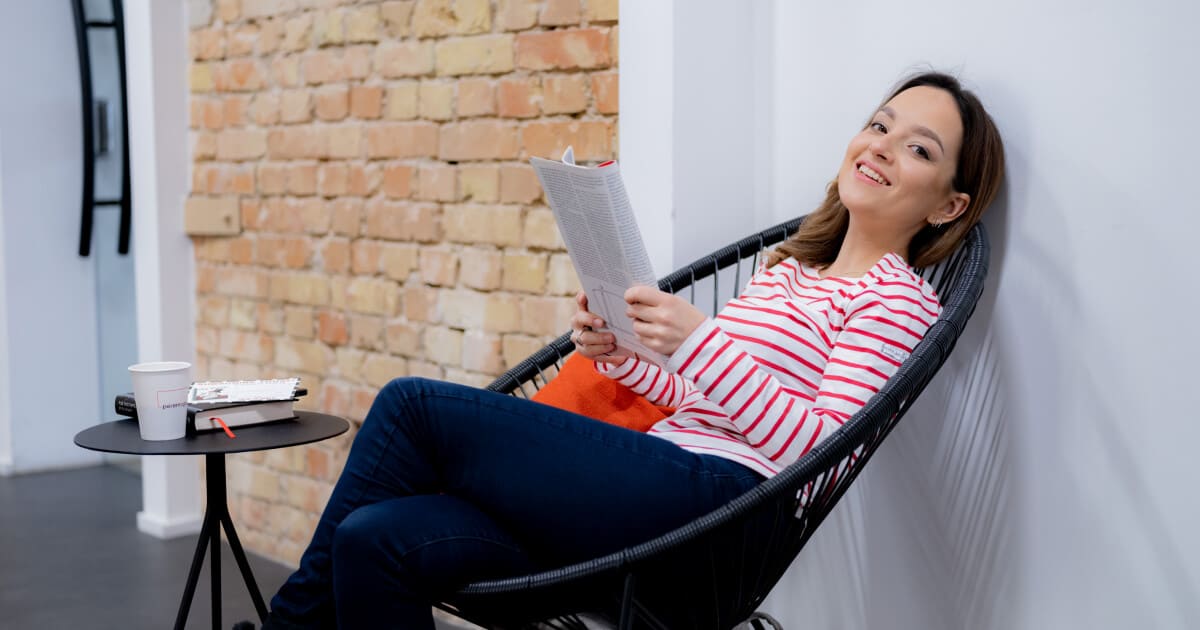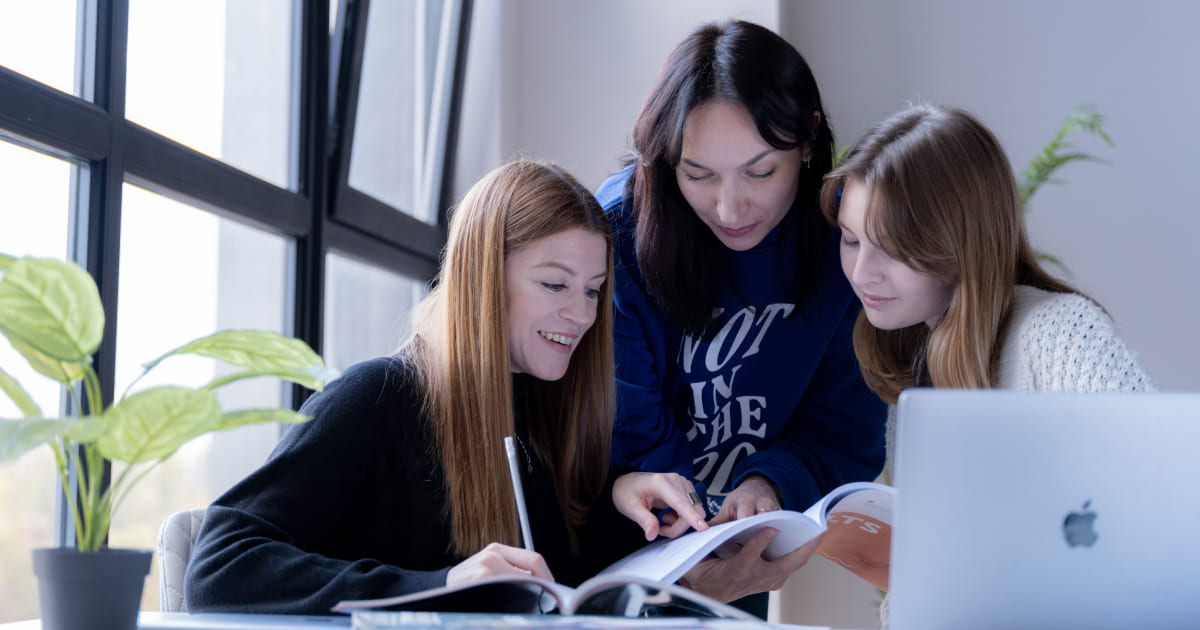What are you doing? 10 simple exercises to consolidate the Present Continuous
- Grammar
- Teaching qualifications
- Activities
- Tips & Strategies
- Methodology

20.01.2023
All of us make mistakes, especially when learning a new language. There is no magical software that can be installed in our students’ heads and that can make them write or speak English without any errors.
Failure is success in progress
Albert Einstein
Trying to correct others' errors is not a very natural activity. Occasionally, it feels impolite or unsettling, and we could feel extremely unpleasant about doing it. However, when you are a teacher, error correction is a part of your job and a form of feedback.
Teachers might see mistakes as ‘evidence of bad habits’ or ‘as a natural stage in the development of the learner’s interlanguage’, Scott Thornbury writes in his book ‘The New A-Z of ELT’.
Interlanguage is the grammatical system that a learner creates in the course of learning another language. It is neither their first language system, nor the target language system, but occupies the transitional point between the two
Thornbury, 137
This means that when learning a new language, learners may overgeneralise the rules, and this is influenced by their knowledge of their native language. Here is where errors start occurring. And here is where these errors need to be corrected.

The amount and types of correction that teachers prefer depend on how they feel about errors: some errors need to be corrected on the spot and openly, and in other cases, learners are encouraged to solve issues on their own, i.e. do peer correction or self-correction.
What we as teachers also need to do is to help students realise that making mistakes means they are moving closer to success. In this article, we will talk about peer correction and its uses in the classroom.
Although some students have a strong dislike for receiving correction from anyone but the teacher, peer correction is a powerful tool and should be used in the classroom.
The name ‘peer correction’ itself says that it is a teaching method in which students correct one another in the classroom rather than the teacher doing so.
Peer correction is an effective, cooperative method of fixing errors following an activity. While the students are on task, the teacher monitors and takes notes of what is being said or written with mistakes.
When the activity is done, the teacher asks the students to revise inaccurate sentences that have been written on the board. The process is easy and impersonal, and students will analyse their own errors and think about how they use language as a result.

Teaching ESL vs EFL — What’s the difference?
Read moreIt also helps teachers assess how their students are doing. If they find the mistake simple to fix, you'll know it was probably just a mistake. If they have a hard time with it, you'll notice that it needs to be something the whole class works on.
Some teachers think that the idea of telling students in advance that they are going to get corrected by peers brings up challenges that can traumatise feelings and could create uncalled stress on the part of weaker and shyer students, but if peer correction is done properly, the stress and undesirable consequences are reduced. Peer correction is also a good way to make feedback fun and student-centred. It helps create a friendly atmosphere in the classroom.
Start with getting the students to peer-correct in pairs or small groups. If you keep an eye on them while they do this, you can quickly identify the points that are the most challenging. Then, you can have a quick but fruitful teacher-led conversation focused only on these issues.

How to survive in a mixed-ability class?
Read moreAnother way to do peer correction is concentric circles. This can be used when you want your students to check their answers to an exercise, for example. Students should be arranged in two circles, with the inner circle looking outward and the outer circle facing inward. They have to compare their answer to the first question with the person in front of them, explaining their choices.
When the teacher signals, students in the outer circle move one space clockwise and discuss the next answer with a new partner and so forth until all questions are answered. It looks like a game for the students and works well keeping up energy and motivation if you explain to them that their goal is not to have all answers correct but to have a discussion.
The method involves exchanging written work with a classmate for editing. Therefore, students edit each other's writing once it has been created by a partner and give suggestions for improvement. The teacher should continue to oversee this procedure.
You also have to tell your students that they must be sincere and earnest in their corrections and base them on specific categories of errors.
It’s a good idea to explain to your students what exactly they have to be looking for: language features, layout, linkers, etc.
Some teachers use peer editing checklists or even peer editing forms in their practice.

This format can be used in classes where there are a lot of students. Divide the class into groups in which they work together on writing their texts.
Next, students correct their writing collaboratively. Optionally, you can swap their works, and ask the students from group A to check group B’s writing, and the Bs’ check the Cs’ writing. Groups swap their papers until all works have been checked. Finally, writings are submitted to the teacher.
As a result, the written product is a product of group collaboration, and as such, assessment should also be based on the degree of cooperation and group cohesion.
The students work on role play in small groups. One student observes his peers and takes notes for later comments. However, you need to be sure of the class and monitor them closely while this is happening.
It's possible that you don't want to address all of the linguistic errors the students found. That is why it is a good idea to tell your students to focus on one or two things. For example, they will have to spot the correct use of vocabulary related to the lesson or the proper use of grammar structures, etc.
Some students might simply want the teacher to correct them because they don't like it when other students do it. That is why whole class feedback is needed as the next stage of such an activity.
Enrol in a course about classroom management
Superb EFL/ESL Classroom Management
Yulia Chorna
Author
Product Manager at Grade University | Experienced Educator in General, Business English & Exam Prep | ELT Conference Organiser | Speaker at TESOL & IATEFL Conferences | Passionate About Teacher Development & Educational Innovation
Comments
Leave your comment